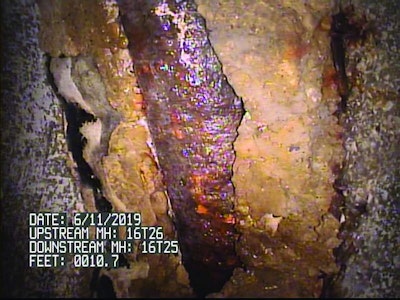
AI streamlines the pipe inspection process by pairing machine learning algorithms with computer vision to detect and classify sewer defects
You might be surprised at how little has changed in sewer pipeline inspection over the past 60 years. Closed-circuit television, first introduced in the 1940s, was adopted in the 1950s to determine pipe conditions and line defects. While equipment updates and new standards improved...






